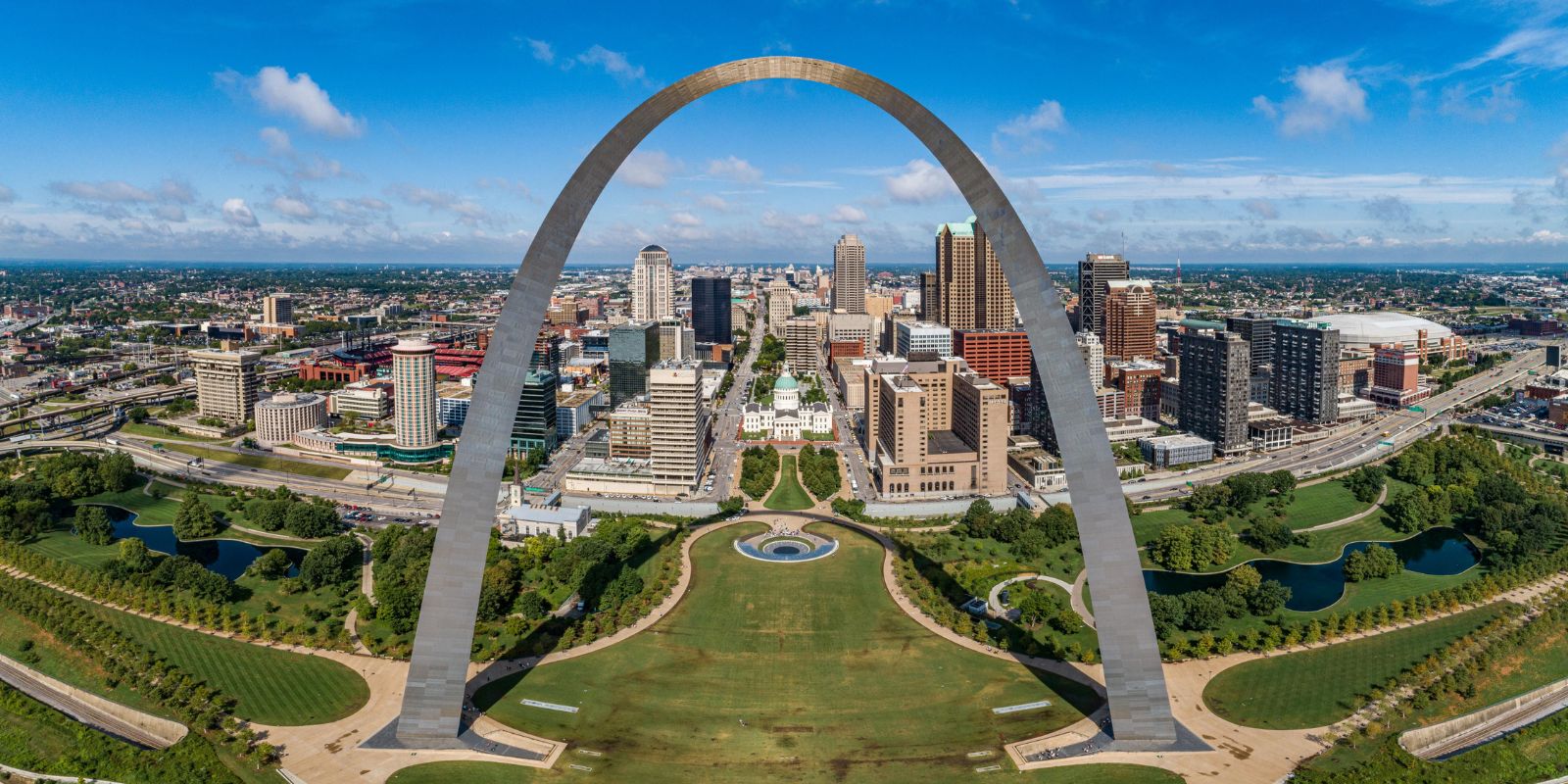ST. LOUIS, Missouri – In the latest analysis of violent crime across the United States, St. Louis emerges as the most violent city, with alarming rates of homicide and armed robbery. With a violent crime rate of 1,927 per 100,000 residents, the city faces significant challenges that demand immediate attention.

A complex interplay of factors contributes to St. Louis’s high crime rate, including poverty, unemployment, and a lack of educational opportunities. The city’s history of racial tension and segregation further complicates the issue, necessitating a multi-faceted approach to address the root causes of violence.
Other cities grappling with similarly high rates of violent crime include Baltimore, Detroit, and Memphis. Economic factors such as poverty and unemployment play a significant role in driving crime rates, with cities experiencing economic decline particularly vulnerable.
Education emerges as a crucial tool in crime prevention, with cities boasting better educational systems typically experiencing lower crime rates. However, the “school-to-prison pipeline” phenomenon, prevalent in areas with failing educational systems, perpetuates cycles of crime across generations.
Policy recommendations include community policing strategies and reforms to the criminal justice system, focusing on rehabilitation rather than punishment. Additionally, addressing drug abuse, particularly the opioid crisis, and racial disparities in policing are essential steps in reducing violent crime rates.
The COVID-19 pandemic has further exacerbated existing social issues, leading to an increase in domestic violence and other forms of crime. While some types of crime have decreased due to lockdown measures, the shift to remote work presents new challenges for policymakers and law enforcement agencies.
As cities grapple with the complex issue of violent crime, comprehensive strategies addressing socioeconomic disparities, education, and systemic injustice are crucial for fostering safer communities.